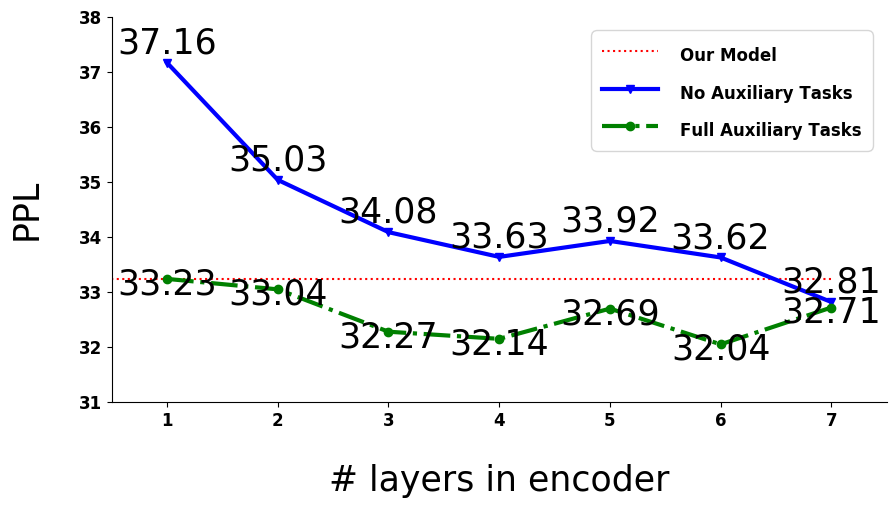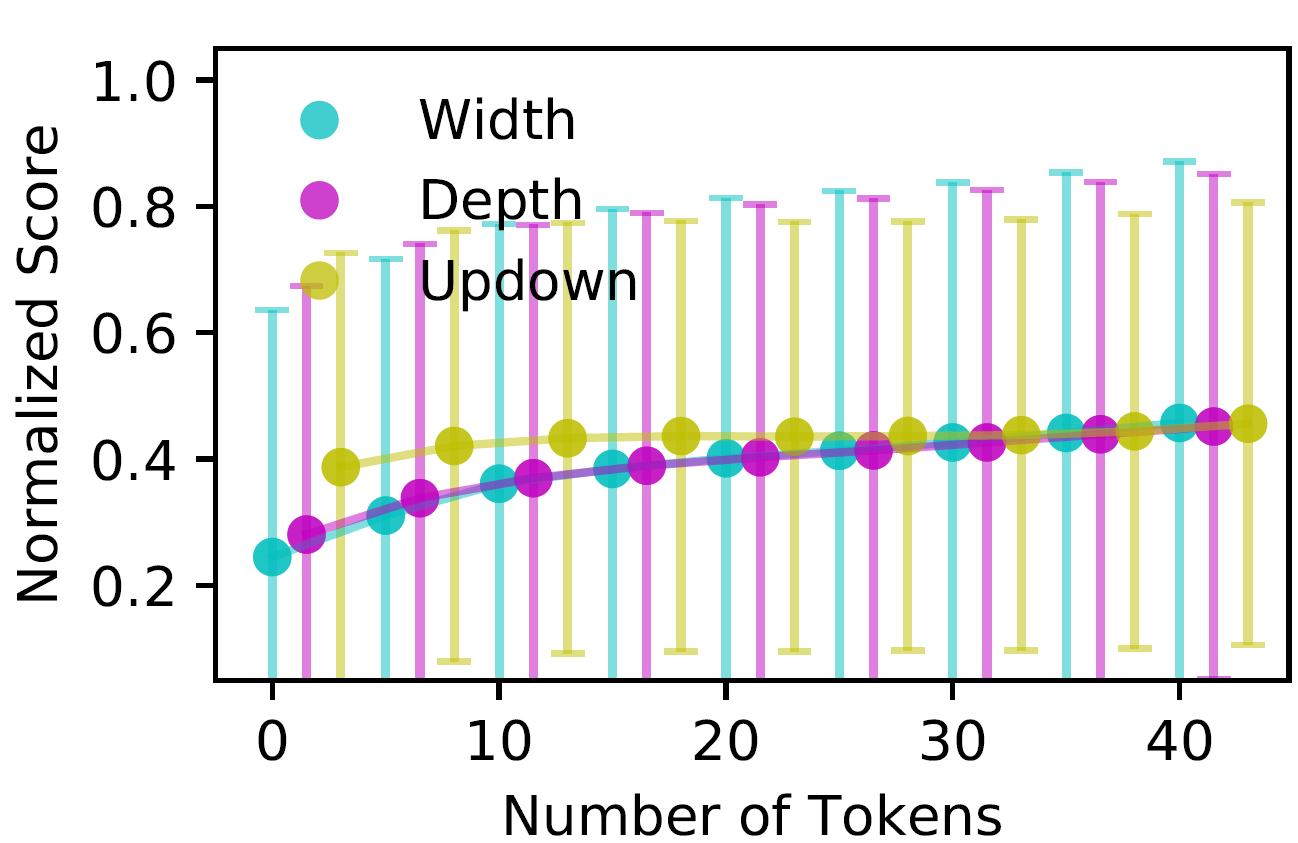Generating Dialogue Responses from a Semantic Latent Space
Wei-Jen Ko, Avik Ray, Yilin Shen, Hongxia Jin
Language Generation Long Paper

You can open the pre-recorded video in a separate window.
Abstract:
Existing open-domain dialogue generation models are usually trained to mimic the gold response in the training set using cross-entropy loss on the vocabulary. However, a good response does not need to resemble the gold response, since there are multiple possible responses to a given prompt. In this work, we hypothesize that the current models are unable to integrate information from multiple semantically similar valid responses of a prompt, resulting in the generation of generic and uninformative responses. To address this issue, we propose an alternative to the end-to-end classification on vocabulary. We learn the pair relationship between the prompts and responses as a regression task on a latent space instead. In our novel dialog generation model, the representations of semantically related sentences are close to each other on the latent space. Human evaluation showed that learning the task on a continuous space can generate responses that are both relevant and informative.
NOTE: Video may display a random order of authors.
Correct author list is at the top of this page.
Connected Papers in EMNLP2020
Similar Papers
Learning a Simple and Effective Model for Multi-turn Response Generation with Auxiliary Tasks
Yufan Zhao, Can Xu, Wei Wu,

Multi-turn Response Selection using Dialogue Dependency Relations
Qi Jia, Yizhu Liu, Siyu Ren, Kenny Zhu, Haifeng Tang,

Uncertainty-Aware Semantic Augmentation for Neural Machine Translation
Xiangpeng Wei, Heng Yu, Yue Hu, Rongxiang Weng, Luxi Xing, Weihua Luo,

Dialogue Response Ranking Training with Large-Scale Human Feedback Data
Xiang Gao, Yizhe Zhang, Michel Galley, Chris Brockett, Bill Dolan,
